nowadays African countries like Kenya and Nigeria produce brands of leather footwear like shoes, boots, and slippers.
leather shoes for women
If every brand of leather shoe is made up of pure leather, the price will increase. According to a recently published assessment by the World Bank, the leather industry in Kenya is an important area for development that may raise competitiveness, boost exports, and contribute to the creation of new jobs. According to the report, Kenya is the third largest livestock holder in Africa; nevertheless, the country’s leather sector is hampered by a variety of reasons that are preventing it from expanding. The leather industry in Kenya has a relatively low employment rate, with the informal sector employing 10,000 of the total 14,000 people in the industry. According to new research published by the World Bank, the expansion of Kenya’s leather and leather goods industry presents an opportunity for the country to diversify its exports and move closer to its goal of becoming an industrialized, middle-income nation by the year 2030. According to the report, African countries are responsible for only 4% of the world’s leather production and 3. 3% of the value added in the leather industry. This is despite the fact that African countries control a fifth of the world’s total livestock population. The global commerce in leather is currently expanding, and it is expected to be worth more than one hundred billion dollars annually. Additionally, the demand for leather and items made of leather is growing at a rate that is higher than the supply. According to Maria Paulina Mogollon, a specialist in finance and private sector development as well as the report’s lead author, leather provides a potential area for economic growth and employment in Kenya, which ranks as the third largest livestock holder in all of Africa. This report looks at some of the most important aspects of developing the industry, such as the critical competitiveness challenges and opportunities, the most promising leather products that the country should concentrate on, and how support can be increased to upgrade exports, production, technology, marketing, and branding of leather products. “Mogollon said that this report examines some of the most important aspects of developing the industry. The most significant question is how Kenya can expand its leather industry, raise its competitiveness in leather and leather products, boost exports, and create more jobs. 
leather shoes for girls
According to the findings of the survey, the expansion of the leather sector in this country is being hampered by a number of different problems at the present time. According to the findings of the report, one of the most significant challenges facing the tanning industry is a dearth of effluent facilities of sufficient quality. This contributes to an increase in the costs associated with processing finished leather in terms of their impact on the environment and human health. According to the report, some of the challenges faced by the handbag and travel ware sector include high costs and low availability of quality hides, a scarcity of design and process skills, difficulties in accessing and understanding export markets, and insufficient availability of growth capital. The target markets for this sector are high-end domestic and high-end export markets. In the subsector of footwear, where the competition is primarily domestic and based on price, Kenya’s market share has been eroded by imports of new low-cost leather footwear, primarily from China and India, as well as donated, second-hand footwear. The competition in this subsector is largely based on the price of the product (mitumba). When compared to the price of producing a pair of inexpensive men’s leather shoes in Ethiopia ($7. 28), the cost of doing so in Kenya can be as much as 30% more. According to the report, Kenya’s lack of competitiveness in this industry is due to the high cost of domestic leather and leather inputs (including a 25% levy on imported inputs), the lack of machinery, and the bad quality of final products. According to the findings of the study, the leather industry in Kenya should focus on the following target markets in order to achieve the greatest level of success: low value-added leather footwear for the domestic and regional markets; high value-added specialty products for customers in the United States and the European Union; and finished leather for the markets in China and the European Union. The paper recommends the following three primary initiatives for the Kenyan leather sector in order for it to expand, enhance its degree of competitiveness, as well the number of jobs and incomes it generates: Encouragement of the leather industry’s ongoing process of fundamental reorganization. 
leather shoes for men
This includes the initiation of a stakeholder-driven leather industry plan implementation process; strengthening the Kenya Leather Development Council (KLDC), and improving the regulatory framework to minimize manufacturing costs and protect the environment. Increasing access to markets and inspiring a stronger demand for Kenyan leather and leather products are two goals that this project aims to achieve. This necessitates the establishment of a leather marketing organization as well as the formulation of a policy for the open and honest procurement of public goods. Develop your commitment to quality and standards. The production methods, the construction of leather product development accelerators, the establishment of a leather industrial park, the upgrading of skills, and the greater enforcement of quality standards for imported leather products are all required as a result of this. In the following let’s talk about the leather itself. The material that the shoes of your dreams are constructed out of. Leather, which refers to raw animal hides that have been kept after being removed from the animal, possesses a wide variety of desirable characteristics. In addition, these can be altered to suit the requirements of the project. The higher the quality of the shoe, the greater the percentage of leather that was utilized in the production of the shoe. Leather is ultimately nothing more than unprocessed animal hides that have been kept, despite the fact that this may sound like an offensive statement. The creation of leather, on the other hand, is a process that calls for a high level of expertise because it is the most essential component of every pair of men’s shoes. The following adage applies to all high-quality men’s shoes: the more the leather has been processed, the higher the quality it possesses. And there is, of course, a cost associated with this. The expensive raw material accounts for approximately 47% of all of the costs incurred throughout the manufacturing process of a pair of men’s shoes. The use of leather in the shoe provides a myriad of advantages. It is reasonable to charge a high price for leather. Leather has many desirable qualities, including air permeability, elasticity, resistance to tearing and abrasion, resistance to heat, and suppleness. It provides a temperature-regulating effect, makes shoes look more sophisticated, and protects shoes from the elements thanks to their sturdiness. In order to attain these desirable characteristics, elimination takes place during the very first phases of the tanning process, during which time only the finest raw animal hides are prepared for the process. By the way, the finishing room is where the leather receives its signature odor and is given its wonderful appearance. This occurs at the very last stage of the tanning process. The uppermost surface layer of animal skin is known as the skin (epidermis), the inner connective tissue is known as the dermis, and the subcutaneous connective tissue is located beneath the dermis. The dermis is considered the most valuable layer. 
leather shoes brands
There are specific requirements that must be met for each variety of leather. Having said that, it goes without saying that not all leathers are created equal. Upper leather, leather lining, and lower leather all have their own unique characteristics and are used in the construction of men’s shoes. It is reasonable to anticipate that each of these varieties of leather will live up to its own unique set of expectations when measured against their respective sets of criteria. The upper leather needs to be flexible yet durable, and the leather that is used to construct the insole needs to be resistant to abrasion and should almost never retain any water. Accurate matching is accomplished by carefully selecting the raw animal hides to be processed into leather and doing it in the precise order. By the way, people have known for a very long time how to make use of animal hides as a form of protection against the harsh elements of the natural environment. An examination of shoe history reveals some interesting facts, such as the fact that traditional styles of men’s shoes have changed very little in terms of their construction and production method since the 19th century, and that only the highest-quality leather has ever been used in the manufacturing of quality men’s shoes. It demands meticulous maintenance in order to maintain its attractive appearance and long-term durability. You need to have an in-depth understanding of the current dress code in order to wear men’s shoes in the appropriate manner. The wearer is rewarded with a comfortable fit, which also makes a major contribution to the health of their feet. In summary of the leather manufacturing process: Hides: Before going through the tanning process, the hair and dirt are cleaned off of the animal hides that have been separated. The importance of being thorough cannot be overstated. The tanning procedure is limited to only the hides of the greatest grade. The tanning process is the most crucial step in the manufacturing of leather. Raw animal skins are processed through a series of chemical steps in order to produce leathers that are long-lasting, pliable, and of high quality. The finishing of the Leather: The finishing shop is where the leather goes through its last stage of preparation before being sold. Here, it takes on an elegant appearance and exudes its signature scent for the first time. After that, the leather is in a state where it may be utilized to make shoes. Production of Leather The technique of obtaining leather is a time-honored one that dates back centuries. At the conclusion of this process, raw animal hides are changed into a high-quality basic material that is used in the construction of luxury men’s shoes. A brief introduction to the various sorts of leather: Box Calf: The vast majority of high-quality men’s footwear is constructed from the hides of calves. The fineness, pliability, and grain of box calf leather are the primary characteristics that set it apart from other types of leather. Cowhide: Cowhide is the name given to the type of leather that is obtained from the hides of cows. This type of leather is most typically utilized in the manufacturing of durable men’s shoes. In spite of its robust construction, it has an indefatigable capacity for flexibility. Cordovan: Cordovan is an expensive type of leather that is derived from the hides of horses and whose creation includes a process that is very labor-intensive and time-consuming. Chevreau: The leather that is produced from goat hide is renowned for having a smooth surface and being exceptionally soft and supple. The grain on its surface has a very distinctive and distinctively fine appearance. The best-tasting chevre is obtained from the milk of very young children. 
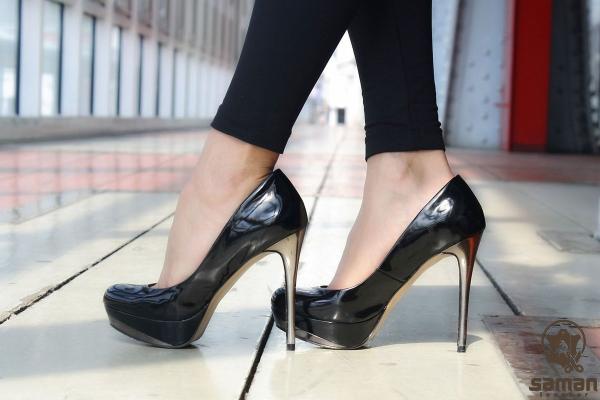
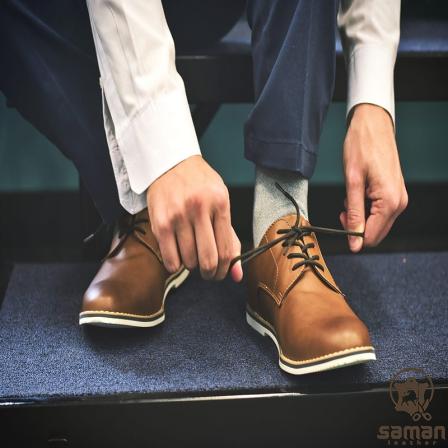
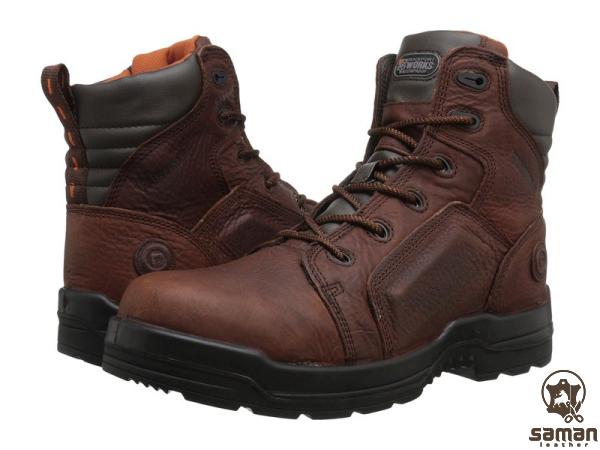
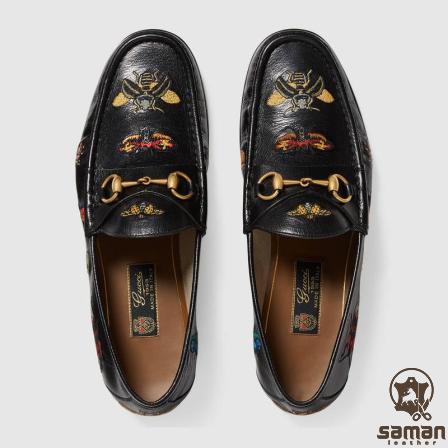
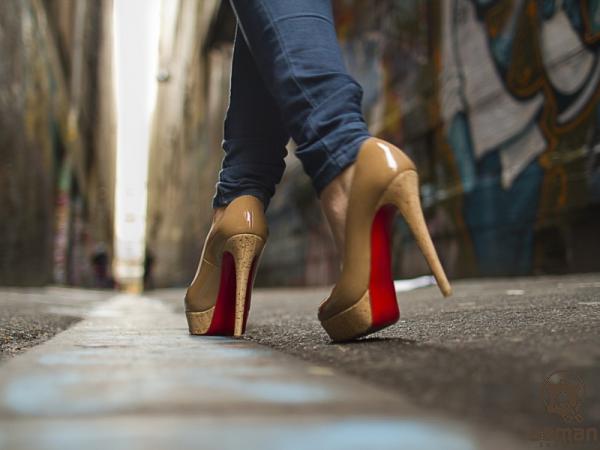
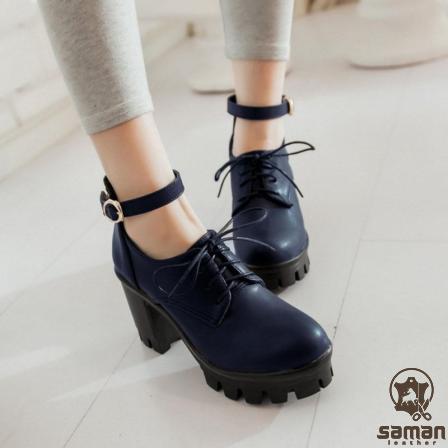
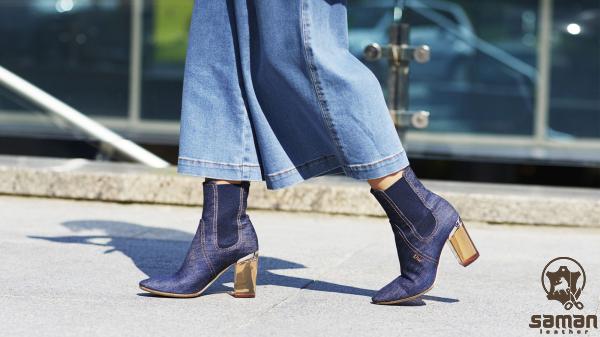
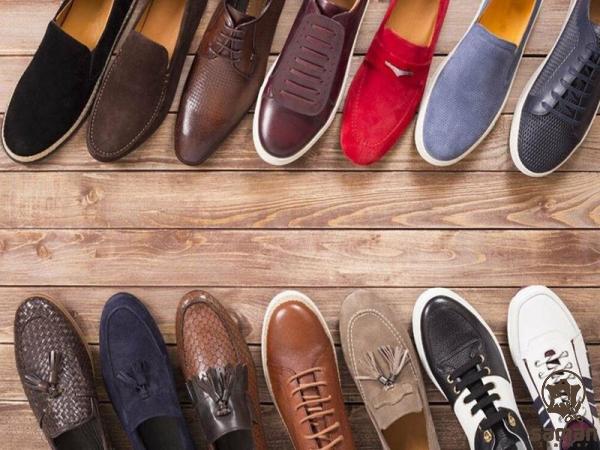
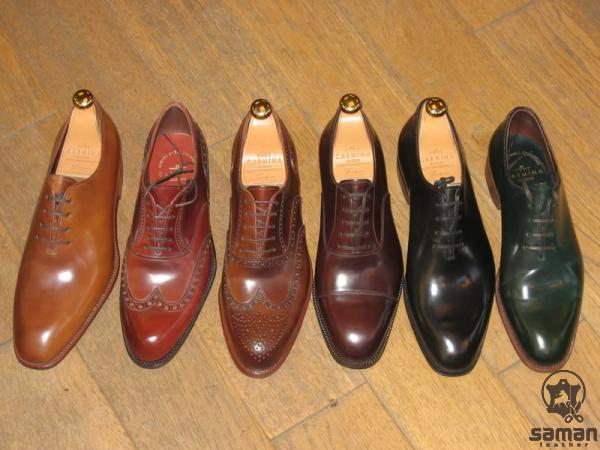
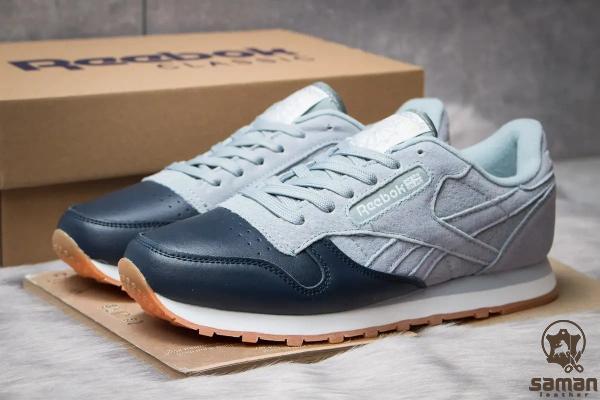
Your comment submitted.